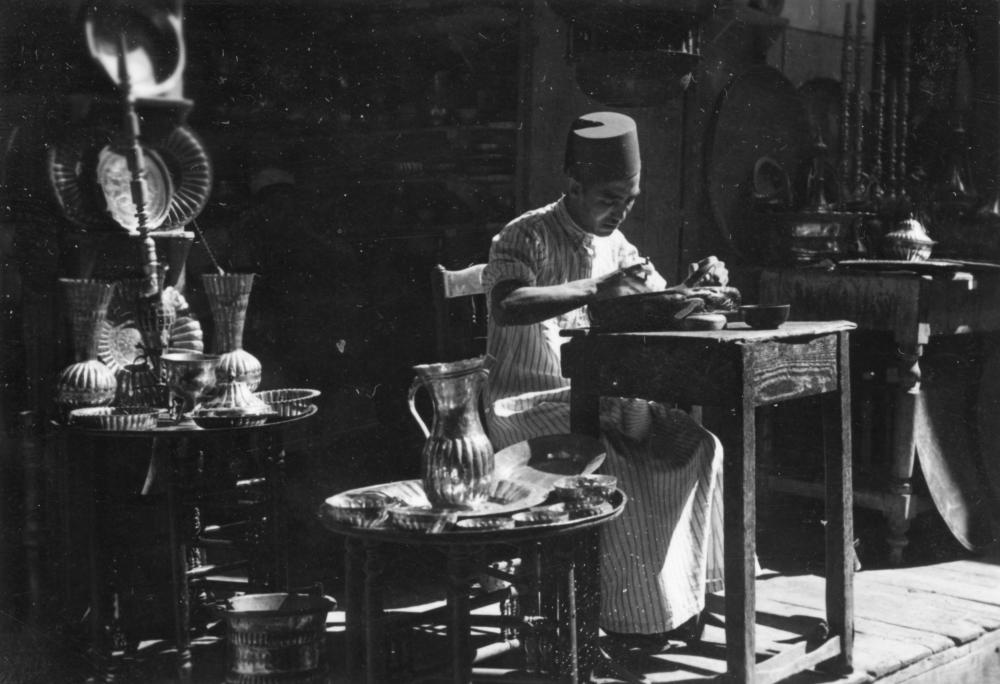29th Mar – Spoke to the Housing tenant who was the target of last night’s tirade. He spoke to me politely, without swearing, and was touched that I was interested. The same man once threatened to do terrible things to my head if I called the police about him.
30th Mar – On the back deck there are two spiderwebs, one neat and circular and the other messy like crazy ladders.
31st Mar – This afternoon, two sons worked on serious maths problems while sharing one orange, one slice of fruit toast and one cup of chamomile tea.
1st Apr – Woke at 2.30 am. Still awake at 3.30 am but daylight saving ended at 3 am. At 4 am it was 3 am again. Still awake at 5 am, which was now 4 am. A long night.
2nd Apr – Alone in a gift shop, I heard a beautiful voice singing ‘Somewhere over the rainbow’, and stood still to listen closely. The owner showed me the CD case and told me about Melody Gardot, a prophetic name, as I learnt when I later read her life story.












